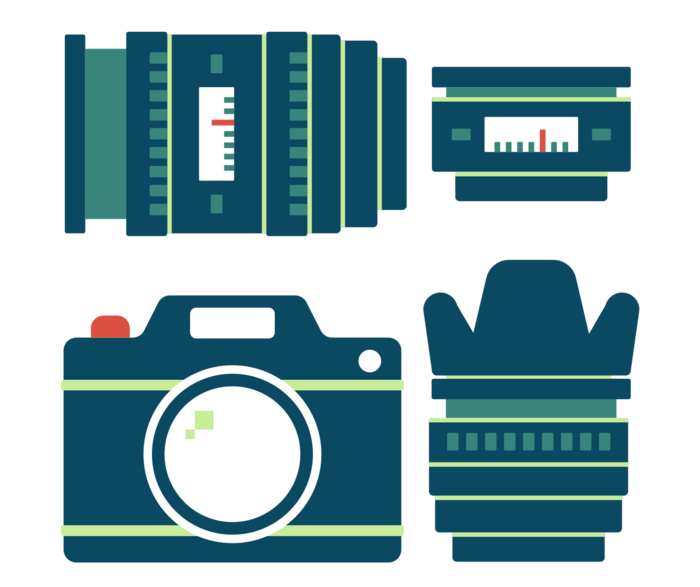(Created page with "<small>Enterprise Design Patterns | Practice Patterns</small> =#25: Focus, Shift, Refocus= Focus, Shift, Refocus <center> ''"In the conventional world, gnarly challenges are always presented from within a context, a framework of thinking about the problem. The given framework is almost always too small of a window."''<br> - Alan Cooper </center> ==Related Patterns:== #19: Evidence, Unintended Consequen...") |
No edit summary |
||
| Line 2: | Line 2: | ||
=#25: Focus, Shift, Refocus= | =#25: Focus, Shift, Refocus= | ||
<center> | <center> | ||
[[File:Pattern25_Focus_Shift_Refocus.png|700px|Focus, Shift, Refocus]] | |||
<br><br> | |||
''"In the conventional world, gnarly challenges are always presented from within a context, a framework of thinking about the problem. The given framework is almost always too small of a window."''<br> | ''"In the conventional world, gnarly challenges are always presented from within a context, a framework of thinking about the problem. The given framework is almost always too small of a window."''<br> | ||
- Alan Cooper | - Alan Cooper | ||
Revision as of 10:42, 1 September 2025
Enterprise Design Patterns | Practice Patterns
#25: Focus, Shift, Refocus

"In the conventional world, gnarly challenges are always presented from within a context, a framework of thinking about the problem. The given framework is almost always too small of a window."
- Alan Cooper
Related Patterns:
#19: Evidence, #27: Unintended Consequences, #31: Moments in Time
You feel overwhelmed by everything you need to consider in your Enterprise Design work.
In this context:
When exploring the context and problem space of your engagement, you find too many things that are potentially important. You don’t have the time or budget to explore them all in detail.
Therefore:
You start by exploring a single facet in detail. You monitor your Enterprise Design for consequences affecting the other facets. This informs your design and the direction of the changes you propose. You:
- Focus on the facet most likely to:
- Produce promising avenues for change;
- Generate useful data and insights;
- Regularly check if your current focus is still suitable;
- Shift your focus to another facet if your progress is slowing down and costing more and more effort.
Example: You are designing for a significant improvement in the Customer Experience. You initially focus on the experience facet, identifying customer pain points and opportunities. You keep track of consequences for the operational architecture, organisational identity and culture. Over time, you find that operational issues prevent acting upon most of the opportunities identified, so you shift your focus to the architecture facet instead.
Consequently:
Your ability to focus and re-focus helps you avoid being overwhelmed by enterprise complexity while still being holistic in your Enterprise Design approach. Refocusing enables you to involve stakeholders with different viewpoints and pull new expertise into your team to move forward again. You can course-correct when stuck and find new momentum.